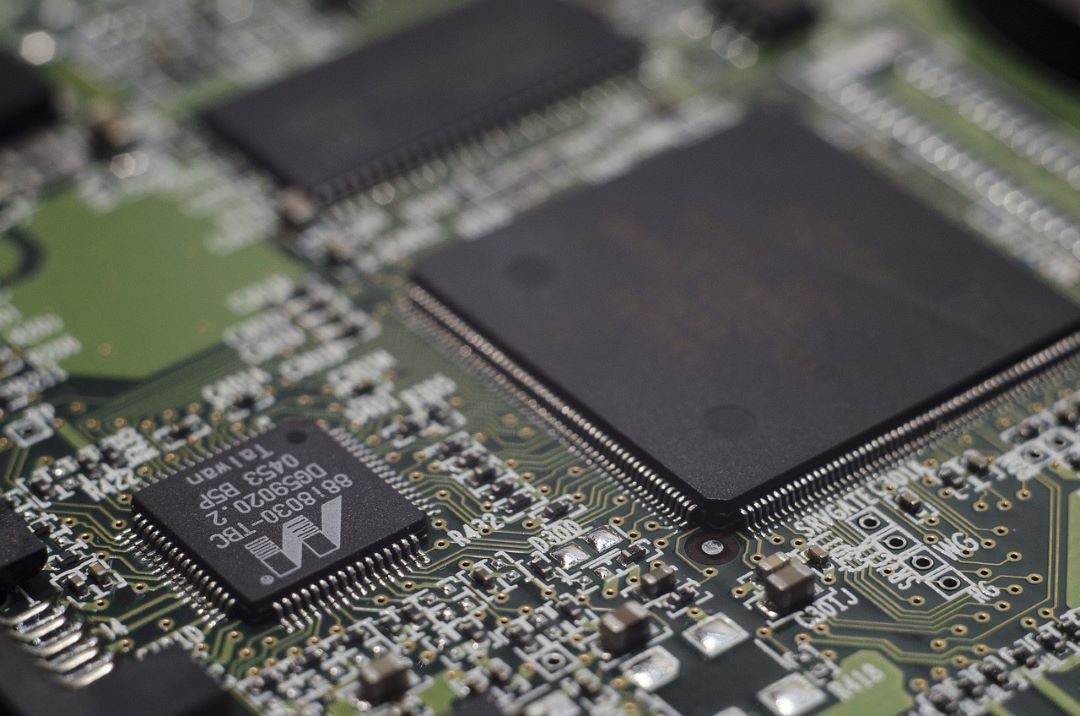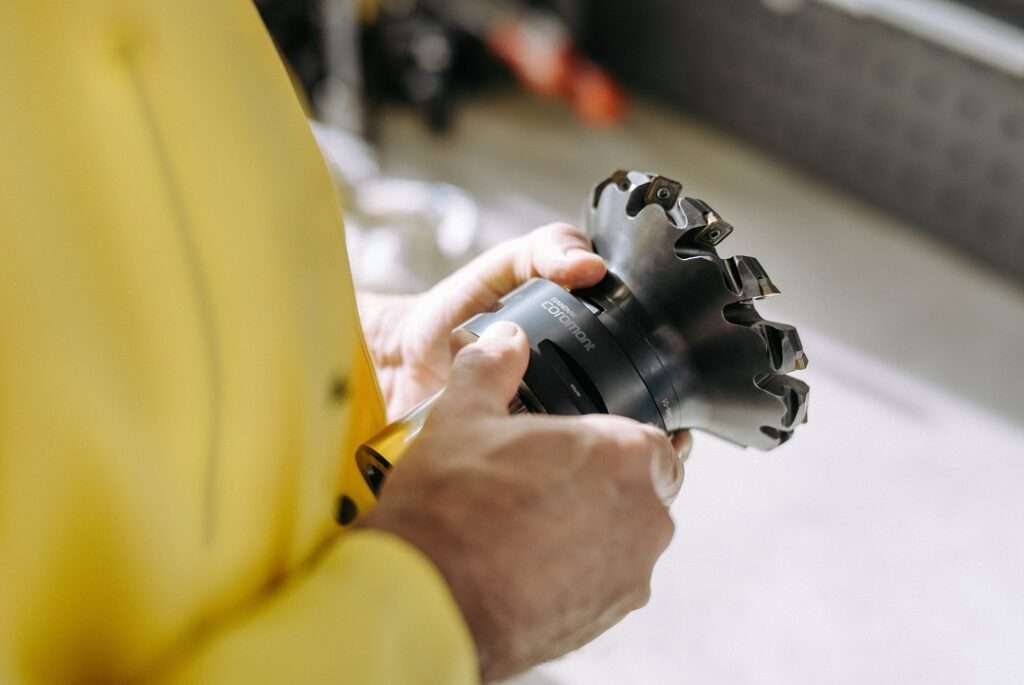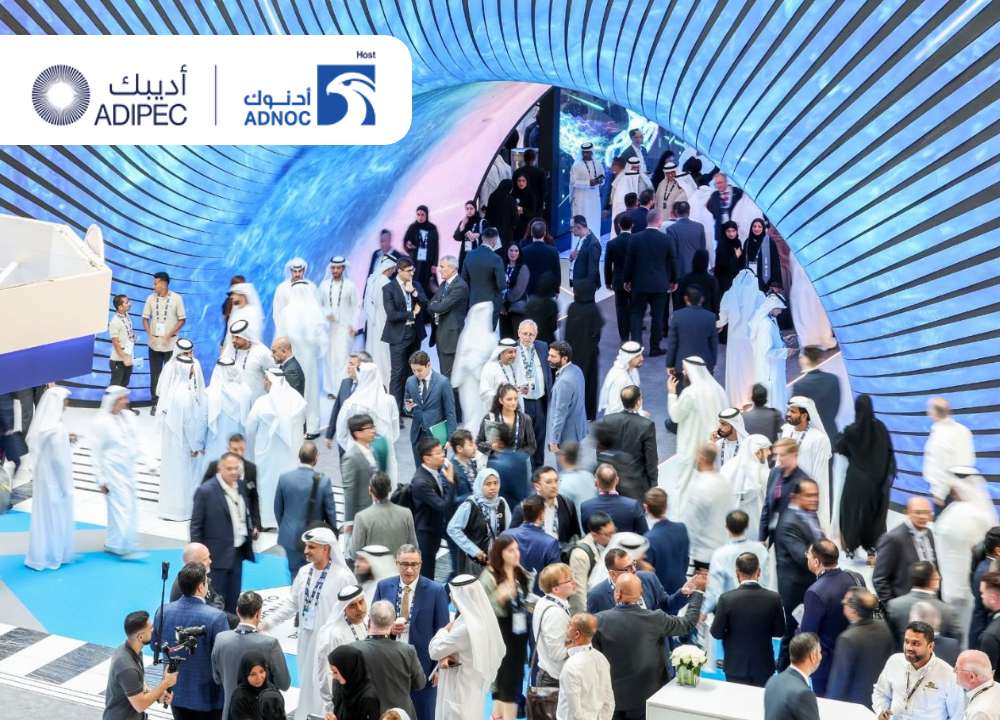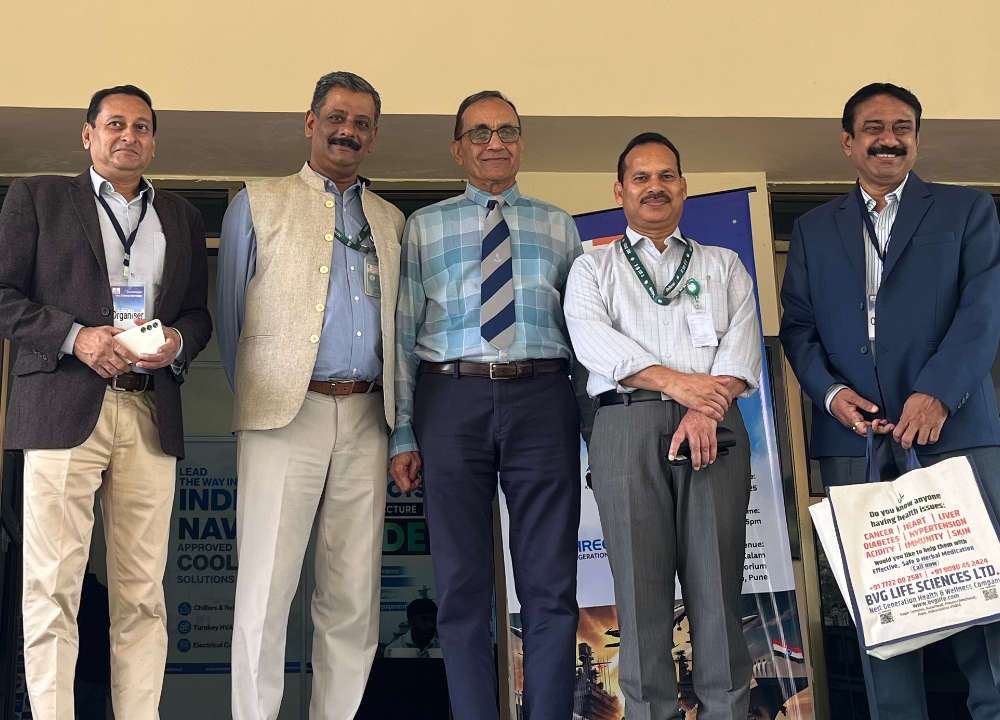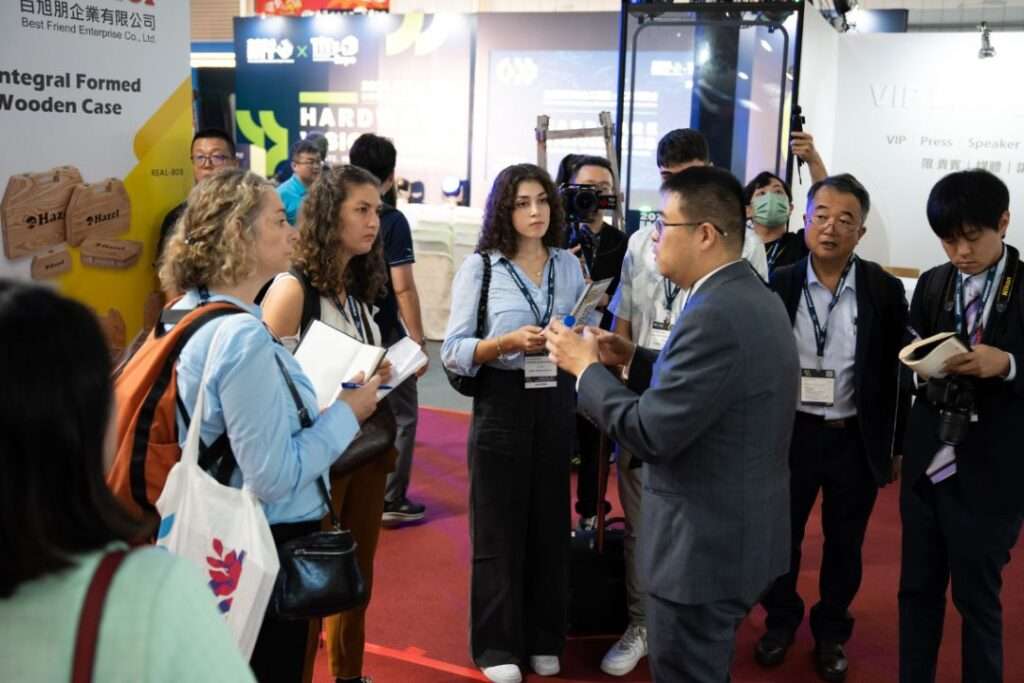India and the United States have finalized an important agreement focused on semiconductor production. The partnership, involving the US Space Force, Bharat Semi, and 3rdiTech, ensures that India will receive complete technology transfer for the creation of compound semiconductors.
Sources indicate that all necessary agreements for this technology transfer have been established. The resulting fabrication unit, expected to be named Shakti, will produce chips to meet the national security demands of both India and the US.
Officials have noted that the semiconductors manufactured at this facility could be utilized in advanced defense systems, rail networks, electric vehicles, and intelligent toll systems. Although Jewar, Uttar Pradesh, is anticipated as the site for this plant, official confirmation is still pending. In an interview with CNBC-TV18, Vrinda Kapoor, CEO of 3rdiTech, expressed optimism about commencing construction in the first quarter of next year, with production set to begin within three years.
“Our goal is to initiate phase one production of 50,000 semiconductors annually within three years. The primary aim is to address the semiconductor supply gaps for the Indian Armed Forces. In the second phase, we may explore opportunities for exports,” she explained.
Types of Semiconductors to be Manufactured at Shakti Fab
The new manufacturing facility will focus on producing infrared, gallium nitride, and silicon carbide semiconductors. Unlike traditional semiconductors, which are made from a single material (silicon), compound semiconductors utilize two or more materials. Currently, silicon accounts for 80% of global semiconductor production, while compound semiconductors make up the remaining 20%. These compound types can handle higher power, operate 100 times faster, and are superior in light detection and emission.
This capability makes them ideal for use in surveillance systems, jammers, night vision devices, electric vehicles, solar technology, spacecraft, sensors, inverters, military aircraft, and communication systems. The production of compound semiconductors presents unique challenges, making technology transfer essential for successful manufacturing in India. With this partnership, India will join a select group of Indo-Pacific nations, alongside China, capable of producing these advanced semiconductors.
Investment Requirements for the Shakti Fab
Industry analysts estimate that establishing the compound semiconductor fabrication facility will require an investment of under $500 million. While the US Space Force is providing technological support, funding will primarily come from Bharat Semi and 3rdiTech, along with financial assistance from the Indian Semiconductor Mission, based on specific criteria.
Roles of Bharat Semi and 3rdiTech
Bharat Semi serves as the parent company for 3rdiTech, with the latter specializing in design and the former focused on manufacturing. The team has been collaborating with the US military for the past five years. Founded by Vrinda Kapoor, Vinayak Dalmia, and Mukul Sarkar at IIT Delhi in 2018, Bharat Semi has gained recognition, including participation in a significant CEO Round Table event at the White House during Prime Minister Modi’s visit to the US last year.
General Atomics has played a vital role in supporting 3rdiTech, validating the significance of its semiconductor design efforts and fostering a partnership with a deep-tech startup. Dr. Vivek Lall, CEO of General Atomics Global Corporation, has been instrumental in strengthening US-India ties and enhancing India’s deep tech national security ecosystem.
Target Customers for Compound Semiconductors
The initial objective for Bharat Semi and 3rdiTech will be to meet the requirements of the Ministry of Defence, making the Indian government the first customer for the semiconductors produced at this facility. India currently imports approximately $1 billion worth of compound semiconductors annually for defense purposes, so this new fabrication unit could lead to significant import substitution and enhanced self-reliance within three years.
Potential for Exporting Chips
Looking ahead, Bharat Semi and 3rdiTech may consider exporting these semiconductors to the US and other countries. Beyond defense applications, they are likely to explore sales to electric vehicle manufacturers and for 5G and 6G technologies.
However, the immediate priority will be to supply the Indian defense forces’ semiconductor needs. This agreement has been hailed as a pivotal development in India-US relations, with the success of this collaboration poised to create further opportunities for cooperation between the two nations.


